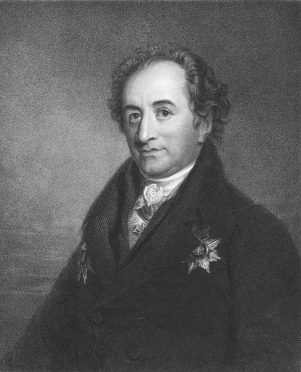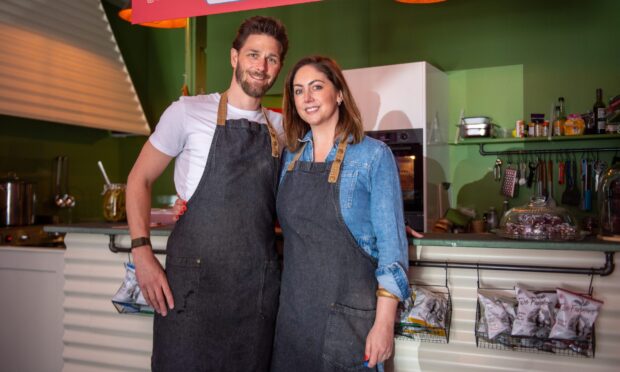The German writer and philosopher Goethe once wrote: “Where there is the brightest light, there is also the darkest shadow.”
His words could apply very accurately to alcohol. Enjoyed in moderation, it is the great lubricant of human cogwheels and the unrivalled soother of tensions after a tiring day. But, consumed to excess, it is a cruel monster that has destroyed careers, marriages and lives.
Too often it is fear of the latter rather than appreciation of the former that has driven government alcohol policy in these islands. For centuries, government thinking has been to deter excess drinking by steep taxes, strong controls imposed on production and strict limitations on public consumption —the latest manifestation being the Scottish Government’s limping 50p-per-unit minimum pricing policy.
However, human nature and Scots obduracy have down the centuries kept whisky production and consumption going, a story extolled in a new book, Scotland’s Secret History (Birlinn, £25), which looks at many aspects of illicit distilling and smuggling. As a result, it also portrays a crucial area of Scottish social history, when illicit distilling and smuggling — of whisky and other spirits — were for decades a vital part of the Scots economy.
Distilling was generally done in remote areas, such as the Cabrach in Aberdeenshire, with casks of raw whisky being shifted at night on horseback to the towns and cities. Every trick and ruse known to man was used to get it past the excisemen, some of whom could be bribed and the less pliant ones threatened with violence or worse.
Spirits smuggling was not limited to whisky or to Scotland. It was a black economy that stretched throughout Britain and Ireland and across the North Sea and Channel to the Continent. Many illicit smugglers and distillers were hauled before the courts but the justices of the peace were often big customers of smuggled spirits and let the accused off with light fines that were often never paid.
The ultimate irony is that, when in 1823 new laws made it far easier to distil legally in Britain, it was the skills and experience of the Scots illegal-turned-legit distillers that helped to generate the first golden age of Scotch whisky distilling in the early to mid-19th Century. Poachers make the best gamekeepers.










